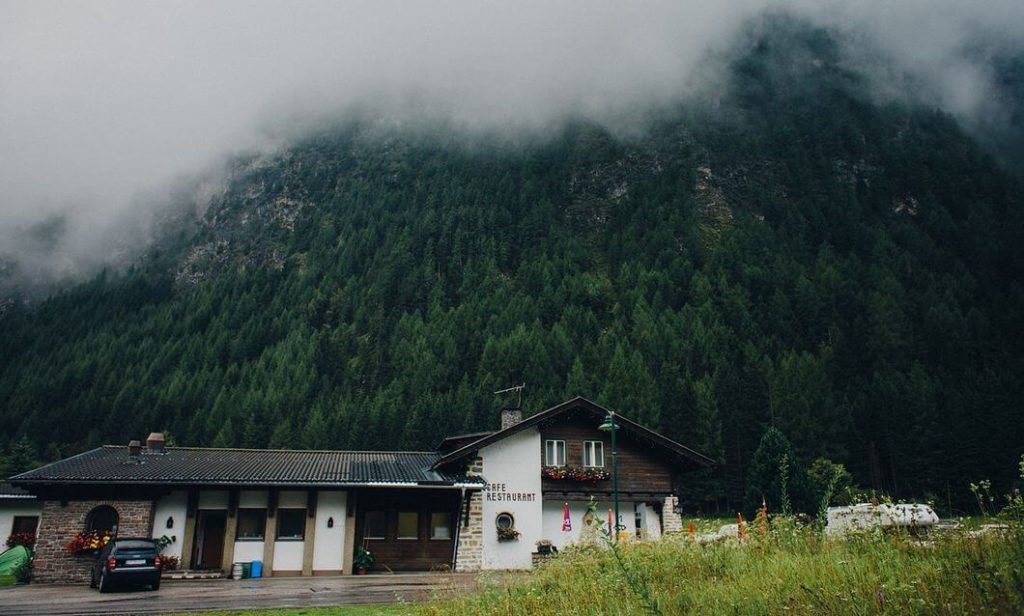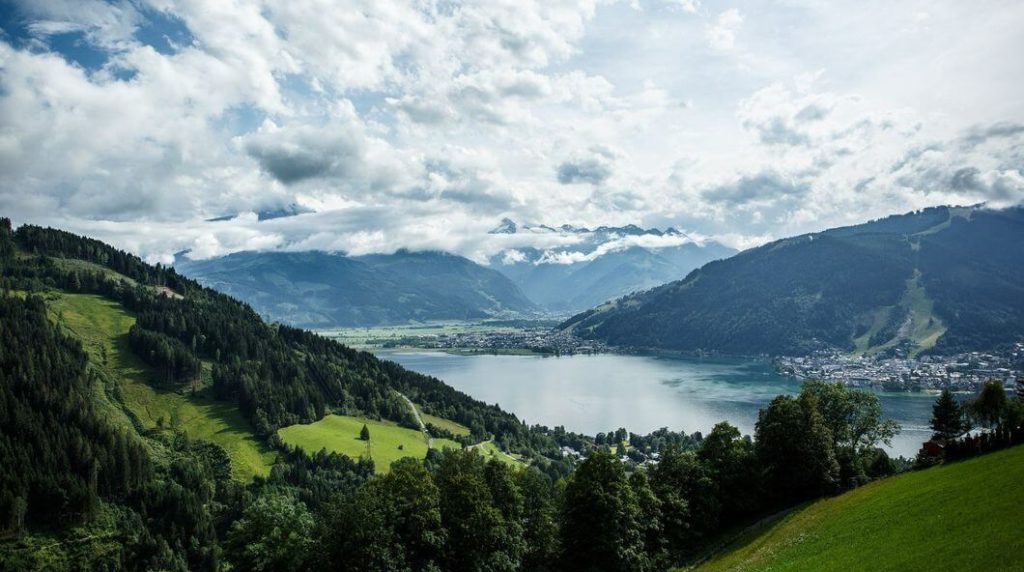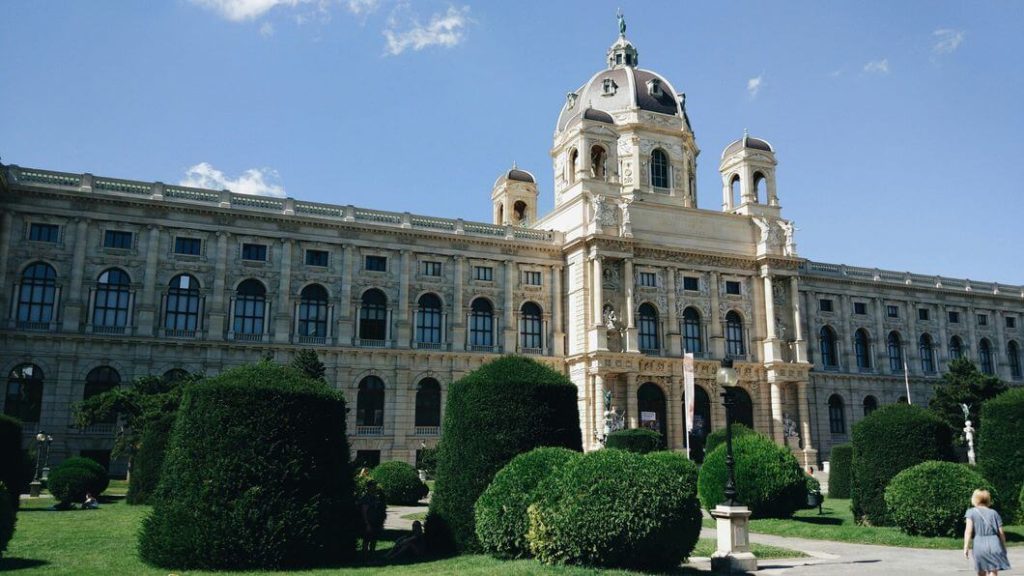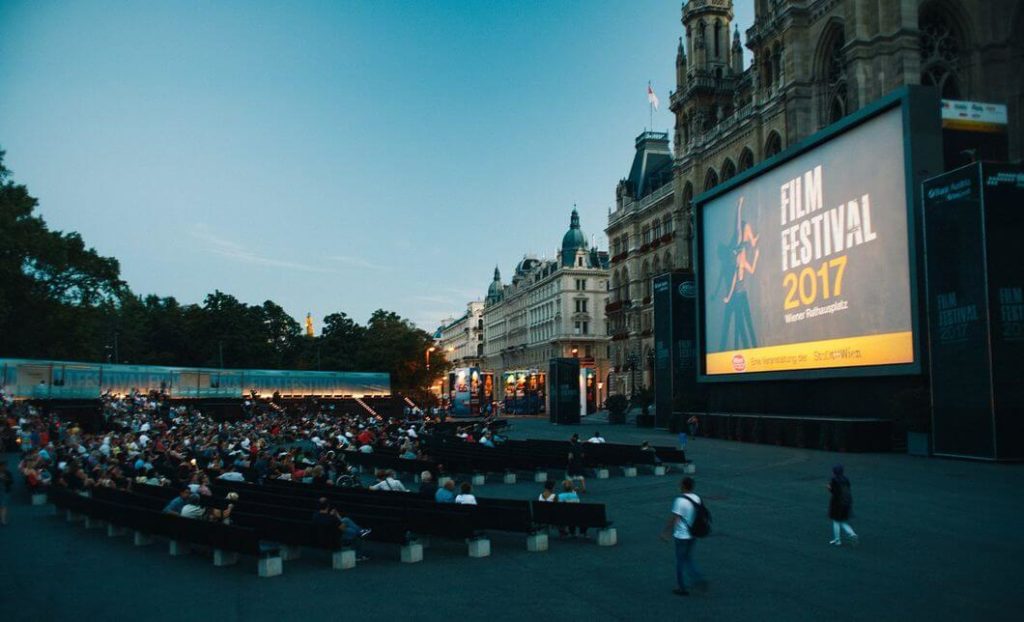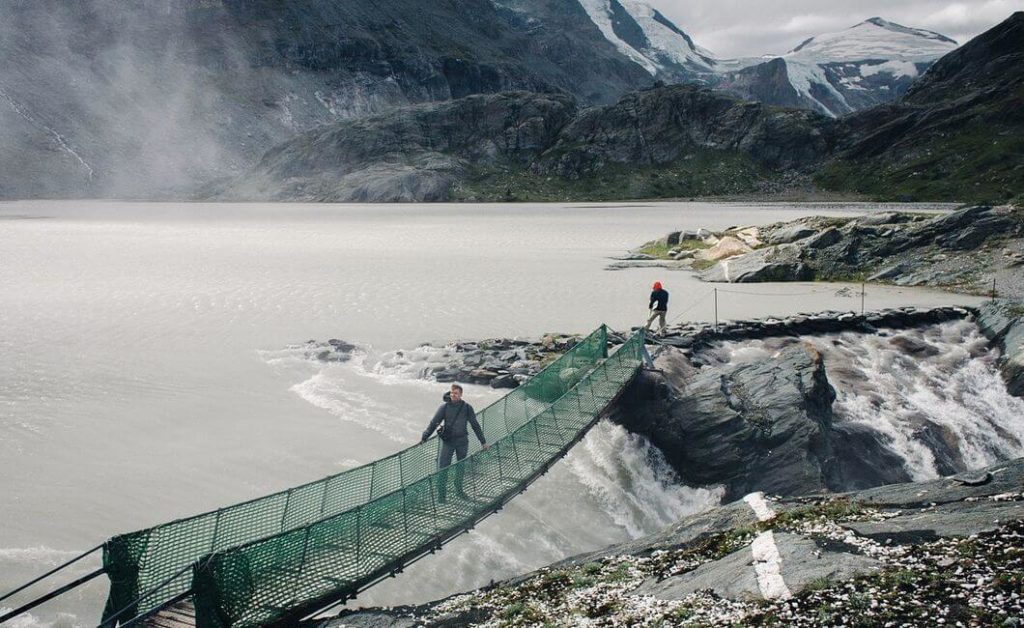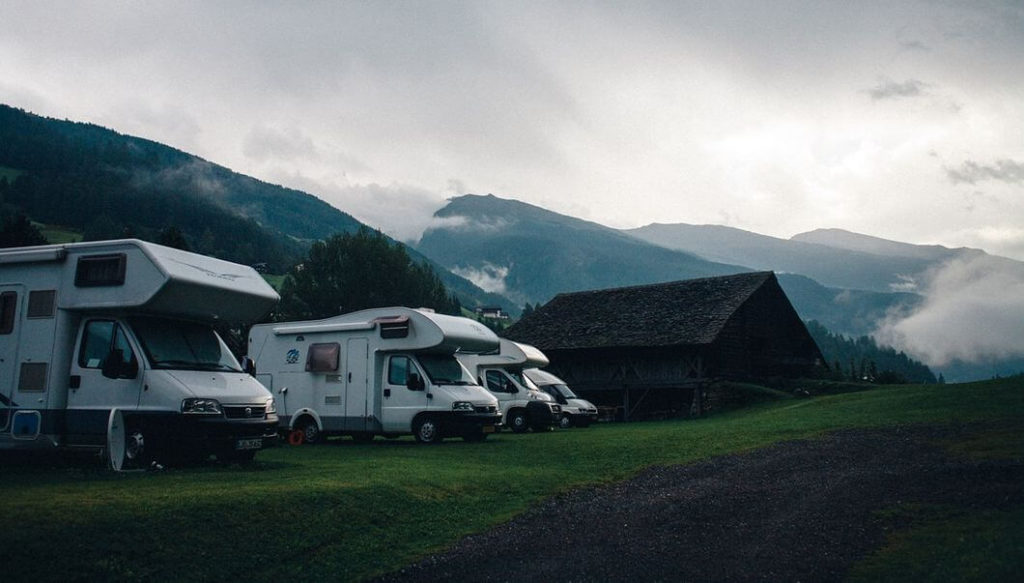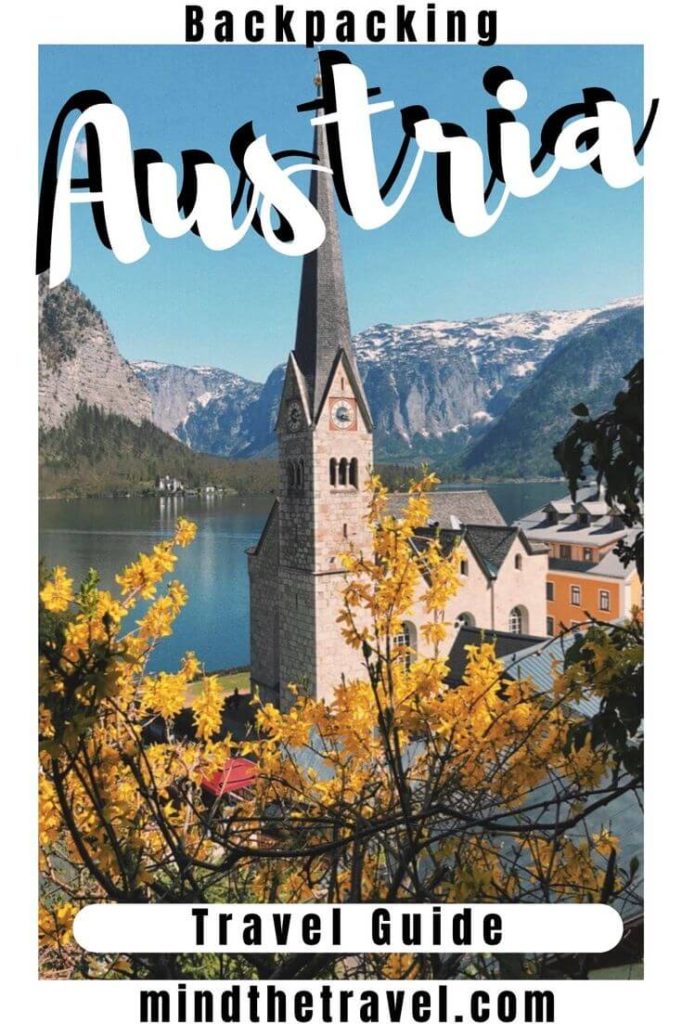Backpacking Austria Travel Guide
Welcome to my backpacking backpacking Austria travel guide! Austria is one of the most culturally rich countries in Central Europe. The country is blessed with fantastic mountains, laid-back wine taverns, trendy bars, and wonderful cultural traditions. There are alpine valleys, the exquisite architecture of Vienna and Salzburg, the world’s most famous ski resorts, postcard-worthy farmland, and friendly locals that will make you want to return. It’s no wonder that backpacking Austria is high on any budget traveler’s list.
There is truly so much on offer in Austria that it blows my mind more backpackers don’t take advantage of it. Austria, however, tends to be more expensive than other countries in Central Europe.
For many travelers, the thought of backpacking Austria for more than a couple days is a bank account draining fantasy. So how does one navigate the steep costs associated with backpacking Austria? Is it even possible to travel to Vienna on a budget?
Read More: The Pros And Cons of Solo Travel
In this Austria travel guide, you will get all the tips and tricks you need to travel to Austria on a budget. Get Austria travel itineraries, in-depth tips on backpacking in Vienna, Linz, and Salzburg, and Graz, top things to do in Austria, where to go, where to stay, and much more.
By the end of this Austria travel guide, you’ll get some Austria vacation ideas and will no longer fear the high prices in this part of Europe (well maybe a little bit). Plus, once you get to know what’s on offer in Austria you will probably start preparing your backpack right away!
Let’s get right to it!


